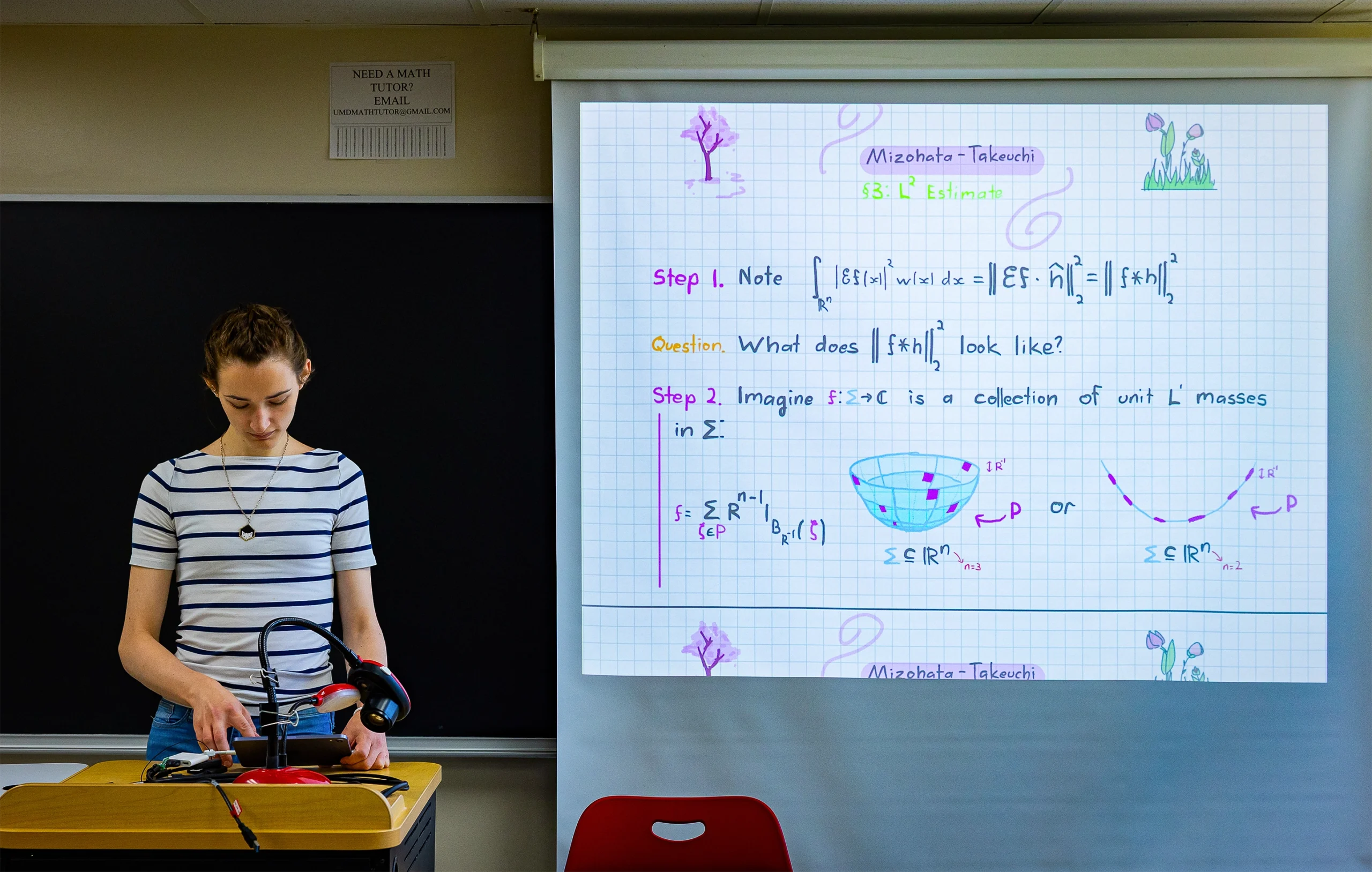Home schooling’s ‘inescapable sameness’ leads teenager to solve 40-year-old math mystery
A teenager’s solution for a 40-year-old mystery about math functions has “stunned” and “delighted” mathematicians, Kevin Hartnett reports in Quanta Magazine.
17-year-old Hannah Cairo wrote a paper proving that the Mizohata-Takeuchi conjecture, which has to do with the characteristics of harmonic waves, was false.
Cairo told Hartnett that the isolation she experienced while being schooled at home inspired her interest in math:
“There was this inescapable sameness, in a way. No matter what I did, I was in the same place doing mostly the same things,” she said. “I was very isolated, and nothing I could do could really change that. I’d wake up on certain days and realize, I’m just older.”
Math became a kind of escape, a space that felt expansive when her daily life was not.
“Mathematics was another world I could explore. A world that was not confining, a world I could access at any point just by thinking about it,” she said. “That’s how I grew up, thinking about mathematics as this world of ideas that I can explore on my own. That sort of process helped me see math differently than a lot of people.”
